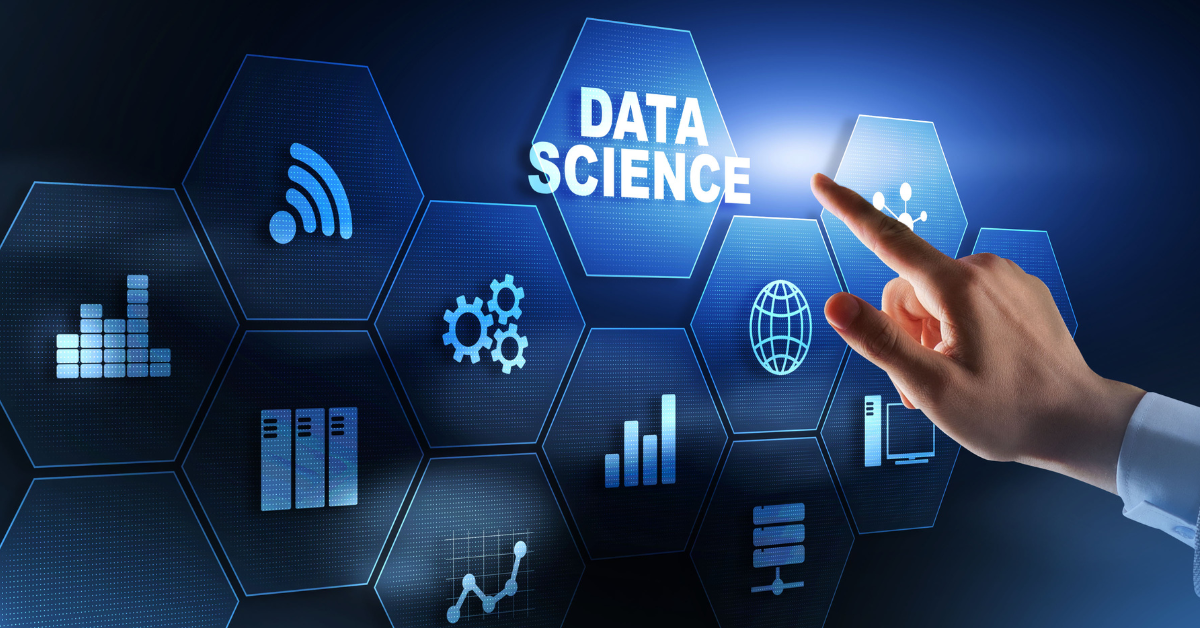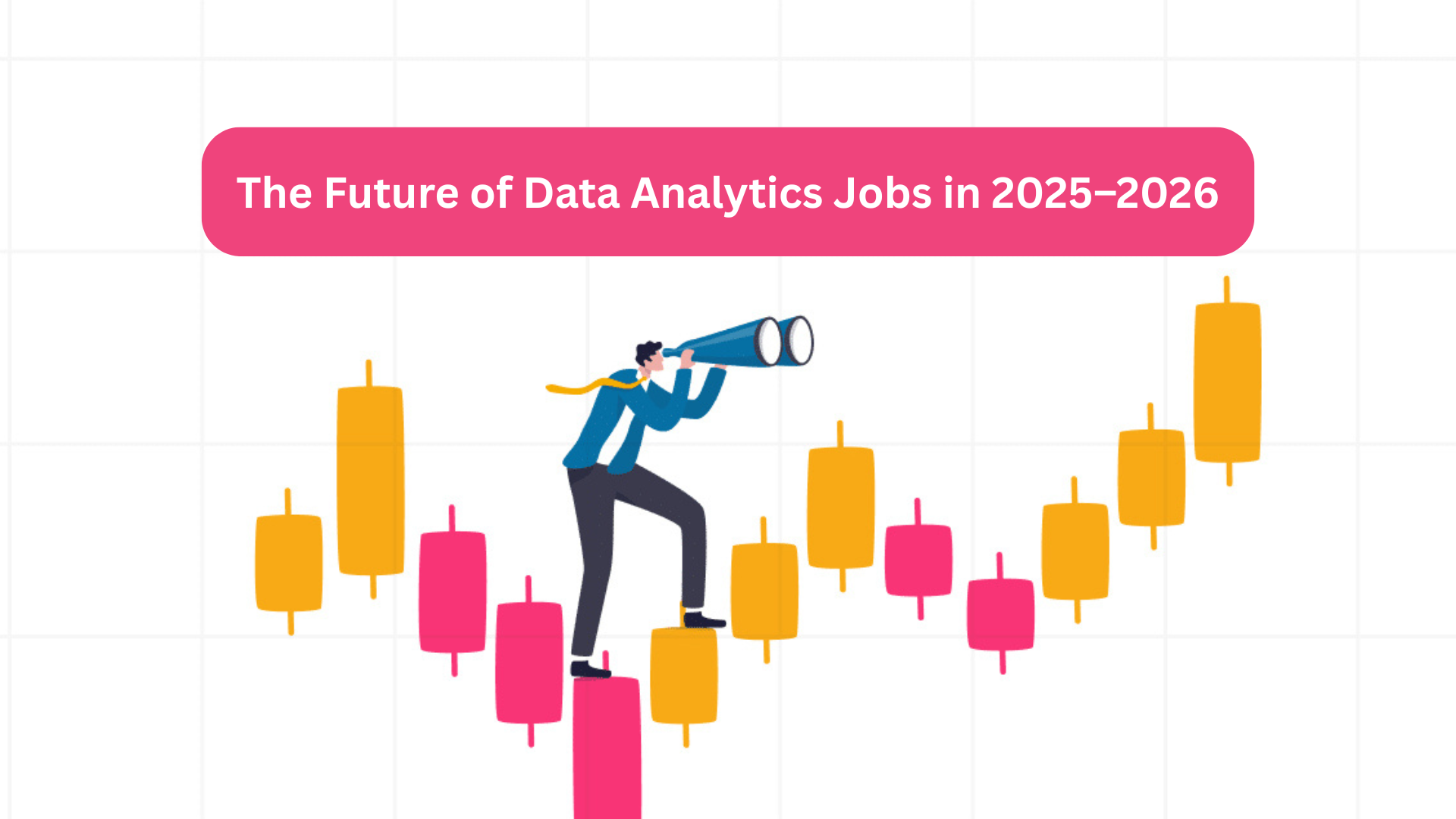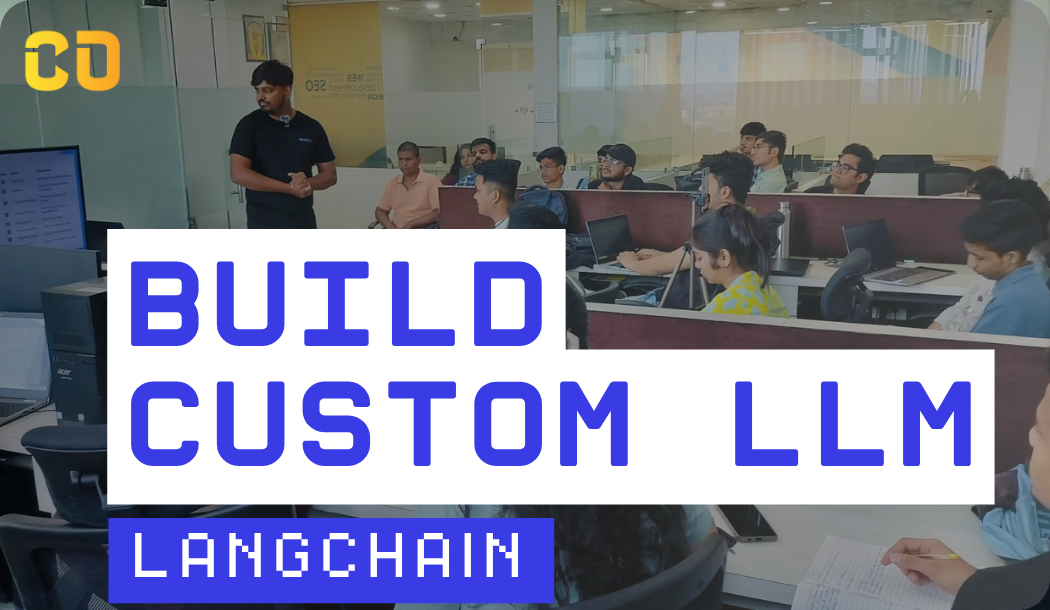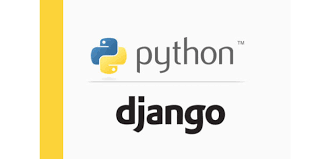Explore a comprehensive collection of Infosys Data Science interview questions and expertly crafted answers designed to help you prepare for your upcoming job interview. Whether you are an aspiring data scientist or a seasoned professional aiming to join Infosys, these questions cover a wide range of topics, including statistical analysis, machine learning, data manipulation, and more.
Q1. Explain Clustering and types of clustering.
Ans: Clustering is a technique in machine learning and data analysis that involves grouping similar data points into distinct clusters. The objective is to find inherent patterns or structures within a dataset, allowing for the identification of natural groupings among data points. Clustering is an unsupervised learning method, meaning that it doesn't require labeled data for training.
Here are key concepts and aspects related to clustering:
1. Unsupervised Learning:
- Clustering is an unsupervised learning task, meaning that the algorithm doesn't have predefined labels for the data. Instead, it aims to discover patterns or structures within the data on its own.
2. Objective:
- The primary goal of clustering is to group data points that are more similar to each other than to those in other groups. Similarity is often measured using distance metrics, such as Euclidean distance or cosine similarity.
3. Applications:
- Clustering finds applications in various fields, including customer segmentation, anomaly detection, document grouping, image segmentation, and more. It is widely used in exploratory data analysis to understand the underlying structure of datasets.
4. Algorithms:
- Several clustering algorithms exist, each with its own strengths and weaknesses. Common algorithms include K-Means, Hierarchical Clustering, DBSCAN (Density-Based Spatial Clustering of Applications with Noise), and Gaussian Mixture Models (GMM).
5. K-Means Clustering:
- K-Means is one of the most widely used clustering algorithms. It partitions the dataset into K clusters, where K is a user-defined parameter. The algorithm iteratively assigns data points to clusters and updates the cluster centroids until convergence.
6. Hierarchical Clustering:
- Hierarchical Clustering builds a tree-like hierarchy of clusters. It can be agglomerative (bottom-up) or divisive (top-down). Agglomerative clustering starts with individual data points as separate clusters and merges them, while divisive clustering starts with one cluster and recursively splits it.
7. DBSCAN:
- DBSCAN is a density-based clustering algorithm that identifies clusters based on the density of data points. It can find clusters of arbitrary shapes and is particularly effective in identifying outliers as noise.
8. Evaluation:
- The evaluation of clustering results can be subjective and depends on the specific application. Common metrics include silhouette score, Davies-Bouldin index, and visual inspection of cluster assignments.
9. Challenges:
- Challenges in clustering include determining the optimal number of clusters (K), handling high-dimensional data, and addressing the sensitivity to initial conditions in some algorithms.
10. Interpretation:
- Interpretation of clustering results involves analyzing the characteristics of each cluster, understanding the differences between clusters, and extracting meaningful insights from the grouped data.
Clustering is a versatile tool in data analysis, providing valuable insights into the structure and relationships within datasets, especially when the underlying structure is not known beforehand.
There are several types of clustering algorithms, each with its own approach and characteristics. Here are some common types of clustering algorithms:
1. K-Means Clustering:
- K-Means is one of the most popular and widely used clustering algorithms. It partitions the dataset into k clusters, where k is a user-defined parameter. The algorithm iteratively assigns data points to clusters and updates the cluster centroids until convergence.
2. Hierarchical Clustering:
- Hierarchical clustering creates a tree-like hierarchy of clusters. It can be agglomerative (bottom-up) or divisive (top-down). Agglomerative clustering starts with individual data points as separate clusters and merges them, while divisive clustering starts with one cluster and recursively splits it.
3. DBSCAN (Density-Based Spatial Clustering of Applications with Noise):
- DBSCAN is a density-based clustering algorithm. It groups together data points that are close to each other and have a sufficient number of neighbors, while marking outliers as noise. It can discover clusters of arbitrary shapes and sizes.
4. Mean-Shift Clustering:
- Mean-Shift is a non-parametric clustering algorithm that doesn't require specifying the number of clusters beforehand. It involves shifting the data points towards the mode of the data distribution, and clusters emerge where points converge.
5. Agglomerative Clustering:
- Agglomerative clustering is a type of hierarchical clustering that starts with individual data points as separate clusters and iteratively merges the closest clusters until only one cluster remains.
6. Gaussian Mixture Models (GMM):
- GMM is a probabilistic model that assumes that the data is generated from a mixture of several Gaussian distributions. It is capable of expressing uncertainty about the assignment of data points to clusters and is often used in situations where data may not clearly belong to one cluster.
7. OPTICS (Ordering Points To Identify the Clustering Structure):
- OPTICS is a density-based clustering algorithm that produces a reachability plot, providing insights into the density-based structure of the data. It is useful for identifying clusters of varying density.
8. Spectral Clustering:
- Spectral clustering uses the eigenvalues of a similarity matrix to reduce the dimensionality of the data and then applies K-Means or another clustering algorithm. It is effective for finding clusters in data with complex structures.
9. Fuzzy C-Means (FCM):
- Fuzzy C-Means is an extension of K-Means that allows data points to belong to multiple clusters with varying degrees of membership. It assigns probabilities to each point for belonging to each cluster.
10. Self-Organizing Maps (SOM):
- SOM is a type of neural network-based clustering algorithm that maps high-dimensional data onto a low-dimensional grid. It can reveal the underlying structure of the data in a topological manner.
The choice of clustering algorithm depends on the characteristics of the data, the desired cluster shapes, and the specific goals of the analysis. It's often useful to try multiple algorithms and compare their performance on a particular dataset.
Q2. What are the types of linkages?
Ans: In hierarchical clustering, linkage refers to the method used to calculate the distance between clusters when merging or splitting them. Different linkage methods lead to different cluster structures. Here are some common types of linkages used in hierarchical clustering:
1. Single Linkage:
- Single linkage, also known as nearest-neighbor linkage, calculates the distance between two clusters based on the closest pair of points (one from each cluster). It tends to form elongated clusters and is sensitive to outliers.
2. Complete Linkage:
- Complete linkage, also known as farthest-neighbor linkage, calculates the distance between two clusters based on the farthest pair of points (one from each cluster). It tends to form compact, spherical clusters and is less sensitive to outliers compared to single linkage.
3. Average Linkage:
- Average linkage calculates the distance between two clusters based on the average distance between all pairs of points (one from each cluster). It is a compromise between single and complete linkage and is less sensitive to outliers.
4. Centroid Linkage:
- Centroid linkage calculates the distance between two clusters based on the distance between their centroids (mean points). It tends to create balanced, spherical clusters and is less sensitive to outliers.
5. Ward's Linkage:
- Ward's linkage minimizes the increase in variance within the clusters when merging them. It aims to create compact, spherical clusters and is sensitive to cluster size. It is often used in hierarchical clustering when the goal is to minimize the overall variance.
These linkage methods influence the shape and structure of the resulting dendrogram, which is a tree-like diagram used to represent the arrangement of clusters in hierarchical clustering. The choice of linkage method can impact the interpretation of the clusters and the effectiveness of the clustering algorithm based on the characteristics of the data.
The appropriate linkage method often depends on the specific nature of the data and the goals of the analysis. It's common to try multiple linkage methods and compare the resulting clusters to choose the one that best aligns with the characteristics of the data and the objectives of the analysis.
Q3. How to determine the value of k in k-means clustering?
Ans: Determining the optimal value of k in K-Means clustering is a crucial step as it significantly affects the quality of the clustering results. Several methods can be employed to find the best value of k. Here are some common approaches:
1. Elbow Method:
- The Elbow Method involves running the K-Means algorithm for a range of values of k and plotting the sum of squared distances from each point to its assigned center. The point at which the decrease in the sum of squared distances starts to slow down (forming an "elbow" in the plot) is considered the optimal k.
2. Silhouette Score:
- The Silhouette Score measures how similar an object is to its own cluster compared to other clusters. It ranges from -1 to 1, where a high value indicates that the object is well matched to its own cluster and poorly matched to neighboring clusters. The optimal k corresponds to the highest Silhouette Score.
3. Gap Statistics:
- Gap Statistics compare the performance of the clustering algorithm on the original data to its performance on a random reference dataset. The optimal k is the one that maximizes the gap between the two.
4. Cross-Validation:
- In situations where you have labeled data, you can use cross-validation to assess the performance of the K-Means algorithm for different values of k. This can involve splitting the data into training and testing sets and evaluating the clustering performance on the testing set.
5. Expert Knowledge:
- In some cases, domain knowledge or specific characteristics of the data might provide insights into the appropriate number of clusters. For example, if the data represents distinct categories or classes, the number of clusters might align with those categories.
6.Hierarchical Clustering Dendrogram:
- If hierarchical clustering is applicable, you can visualize the resulting dendrogram and look for a natural cut point that suggests the optimal number of clusters.
7. Gap Statistic:
- The Gap Statistic compares the performance of the clustering algorithm to that of a random distribution. It involves generating random data with no apparent clusters and comparing the clustering performance on the actual data to the random data.
When using these methods, it's important to note that there might not always be a clear and definitive answer for the optimal k. Different methods may suggest different values, and it's often a subjective decision based on the specific characteristics and goals of the analysis. It can be beneficial to try multiple methods and see if there's a consistent recommendation for a particular k.
Q4. Write difference between Classification and Regression.
Ans: Classification and regression are two distinct types of supervised learning tasks in machine learning, each serving a different purpose.
1. Classification:
- Objective: The primary goal of classification is to predict the categorical class or label of a new, unseen instance based on past observations.
- Output: The output is a discrete class label, indicating the category to which the input belongs.
- Examples:
- Spam or not spam email classification.
- Digit recognition (e.g., recognizing handwritten digits as 0, 1, 2, ..., 9).
- Tumor diagnosis (malignant or benign).
- Algorithms: Common algorithms for classification include Decision Trees, Random Forests, Support Vector Machines (SVM), Naive Bayes, and Neural Networks
2. Regression:
- Objective: The primary goal of regression is to predict a continuous numeric value or quantity based on input features.
- Output: The output is a continuous numeric value that could represent a price, temperature, salary, or any other measurable quantity.
- Examples:
- Predicting house prices based on features like square footage, number of bedrooms, etc.
- Estimating the temperature based on time of day and historical data.
- Predicting a person's income based on education, experience, and other factors.
- Algorithms: Common algorithms for regression include Linear Regression, Polynomial Regression, Ridge Regression, Lasso Regression, and Support Vector Regression.
|
Feature |
Classification |
Regression |
|
Output Type |
Discrete class labels (categories) |
Continuous numeric values |
|
Goal |
Assign a label to a new instance |
Predict a numeric value for a new instance |
|
Example |
Is this email spam or not spam? |
What is the expected temperature tomorrow? |
|
Algorithms |
Decision Trees, Random Forests, Support Vector Machines, Naive Bayes, Neural Networks |
Linear Regression, Polynomial Regression, Ridge Regression, Lasso Regression, Support Vector Regression |
|
Evaluation Metrics |
Accuracy, Precision, Recall, F1 Score, Area Under the ROC Curve |
Mean Squared Error (MSE), Mean Absolute Error (MAE), R-squared |
Q5. What is Stemming and Lemmatization in NLP?
Ans: Stemming and lemmatization are both techniques used in natural language processing (NLP) to reduce words to their base or root form, making it easier to analyze and compare words.
1. Stemming:
- Definition: Stemming is the process of reducing words to their base or root form by removing suffixes.
- Objective: The main goal is to simplify words to their common base form, even if the result is not a valid word.
- Example:
- Original: "running," "runner," "ran"
- Stemmed: "run"
- Libraries: Common stemming algorithms include Porter Stemmer and Snowball Stemmer.
- Use Case: Stemming is often used in information retrieval and search engines.
2. Lemmatization:
- Definition: Lemmatization is the process of reducing words to their base or root form by considering the context and meaning of the word.
- Objective: The goal is to transform words into valid words while ensuring that the root form represents the actual meaning of the word.
- Example:
- Original: "running," "runner," "ran"
- Lemmatized: "run"
- Libraries: Lemmatization is often implemented using WordNet or other lexical databases.
- Use Case: Lemmatization is commonly used in applications where the meaning of words is crucial, such as chatbots, question-answering systems, and sentiment analysis.
Key Differences:
1. Output:
- Stemming: The output may not be a valid word.
- Lemmatization: The output is always a valid word.
2. Precision:
- Stemming: It's a less precise method as it may produce stems that are not actual words.
- Lemmatization: It's a more precise method, considering the context and meaning of words.
3. Use Cases:
- Stemming: Commonly used in information retrieval, search engines, and applications where the exact meaning of words is not critical.
- Lemmatization: Preferred in applications where the meaning and validity of words are crucial, such as in chatbots and natural language understanding systems.
In summary, stemming and lemmatization are preprocessing steps in NLP that aim to simplify words for analysis. Stemming provides a quick and less precise reduction, while lemmatization offers a more precise transformation by considering the context and meaning of words. The choice between them depends on the specific requirements of the NLP task
Q6. What is Semantic extraction?
Ans: Semantic extraction, also known as semantic information extraction or semantic analysis, refers to the process of extracting meaningful information and understanding the context, intent, and relationships within unstructured text data. The goal is to go beyond basic keyword extraction and uncover the underlying semantics or meaning embedded in the text.
Semantic extraction involves several key tasks:
1. Named Entity Recognition (NER):
- Identifying and classifying entities (such as names of people, organizations, locations, dates, etc.) in the text.
2. Relationship Extraction:
- Identifying and extracting relationships between entities mentioned in the text. This involves understanding how different entities are connected or associated with each other.
3. Coreference Resolution:
- Resolving references in the text to determine when different words or phrases refer to the same entity. For example, identifying that "he" in a sentence refers to a person mentioned earlier.
4. Sentiment Analysis:
- Determining the sentiment expressed in the text, whether it is positive, negative, or neutral. This is particularly useful in understanding the overall tone of reviews, social media posts, or customer feedback.
5. Concept Extraction:
- Identifying and extracting key concepts or topics discussed in the text. This can involve grouping related terms and understanding the main themes.
6. Semantic Role Labeling (SRL):
- Identifying the roles that different entities play in a sentence, such as identifying the subject, object, and verb.
7. Event Extraction:
- Extracting information about events mentioned in the text, including the participants, time, location, and other relevant details.
8. Document Summarization:
- Generating concise and meaningful summaries of documents or articles by extracting the most important information.
Semantic extraction is a critical step in natural language processing (NLP) and text mining. It enables machines to comprehend and interpret human language, making it possible to automate tasks such as information retrieval, question answering, and content summarization. Advanced machine learning techniques, including deep learning models, are often employed in semantic extraction to improve accuracy and handle the complexity of natural language semantics.
Q7. What is the Random Forest Model in Ensemble methods?
Ans: Definition: A Random Forest is an ensemble learning method that operates by constructing a multitude of decision trees during training and outputting the class that is the mode of the classes (classification) or mean prediction (regression) of the individual trees.
Key Characteristics:
1. Decision Trees:
- The Random Forest algorithm is built on the foundation of decision trees. Decision trees are constructed recursively by splitting the data based on feature values to create a tree-like structure.
2. Ensemble Learning:
- Random Forest is an ensemble method, meaning it builds multiple models and combines them to obtain a more accurate and robust prediction. Each decision tree in the forest is trained on a random subset of the training data.
3. Random Feature Selection:
- During the construction of each tree, a random subset of features is considered for each split. This randomness helps in decorrelating the trees and avoiding overfitting.
4. Bootstrap Aggregating (Bagging):
- Random Forest uses a technique called bagging, where each tree is trained on a bootstrap sample (a random sample with replacement) from the original training data. This further enhances the diversity among the trees.
5. Voting or Averaging:
- For classification tasks, the final prediction is made by a majority vote among the trees. For regression tasks, the final prediction is the average of the predictions made by individual trees.
6. Robust to Overfitting:
- Random Forest tends to be robust to overfitting, and its performance often generalizes well to unseen data.
Q8. Explain the Deep learning model structure?
Ans: A deep learning model typically consists of several layers organized in a hierarchical fashion. Each layer performs specific operations on the input data and extracts increasingly abstract features. The key components of a deep learning model structure include:
1. Input Layer:
- The input layer is where the model receives its input data. It represents the features or attributes of the input, and the number of nodes in this layer corresponds to the dimensionality of the input data.
2. Hidden Layers:
- Hidden layers are the layers between the input and output layers. They are called "hidden" because their outputs are not observed directly; they serve as intermediate representations to learn hierarchical features.
3. Neurons or Nodes:
- Each node in a layer, also known as a neuron or unit, receives inputs, performs computations, and produces an output. The weights and biases associated with each node are learned during the training process.
4. Activation Function:
- The activation function introduces non-linearity into the model, allowing it to learn complex patterns. Common activation functions include ReLU (Rectified Linear Unit), Sigmoid, and Tanh.
5. Weights and Biases:
- Weights and biases are parameters that the model learns during training. Weights determine the strength of connections between nodes, and biases shift the output of a node.
6. Deep Architecture:
- The term "deep" in deep learning refers to the presence of multiple hidden layers. Deep architectures are capable of learning hierarchical representations of data and capturing complex patterns and features.
7. Output Layer:
- The output layer produces the final predictions or classifications based on the features learned by the hidden layers. The number of nodes in the output layer depends on the task: one node for regression tasks and multiple nodes for classification tasks.
8. Loss Function:
- The loss function measures the difference between the model's predictions and the actual target values. The goal during training is to minimize this loss, guiding the model to make more accurate predictions.
9. Optimization Algorithm:
- The optimization algorithm, such as stochastic gradient descent (SGD) or its variants, adjusts the model's parameters (weights and biases) during training to minimize the loss function.
10. Epochs and Batches:
- Training a deep learning model involves iterating over the entire dataset multiple times (epochs). Data is typically divided into batches, and the model's parameters are updated after processing each batch.
11. Backpropagation:
- Backpropagation is a fundamental training technique in deep learning. It involves computing the gradients of the loss function with respect to the model's parameters and adjusting the parameters to minimize the loss.
12. Dropout (Optional):
- Dropout is a regularization technique used to prevent overfitting. It randomly "drops out" a fraction of nodes during training, forcing the model to learn more robust features.
Deep learning models can take various architectures, such as convolutional neural networks (CNNs) for image data, recurrent neural networks (RNNs) for sequential data, or transformer models for natural language processing tasks. The specific architecture and parameters depend on the nature of the data and the problem being solved.








Add a comment: